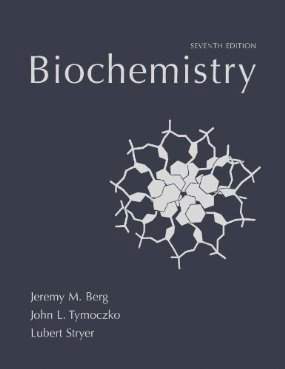Connecting...

This is a quick preview of the lesson. For full access, please Log In or Sign up.
For more information, please see full course syllabus of Biochemistry
For more information, please see full course syllabus of Biochemistry
Biochemistry Phosphoryl Group Transfers
Lecture Description
Endergonic reactions can be coupled to exergonic reactions (especially the hydrolysis of ATP) to power thermodynamically unfavorable processes. ATP transfers a phosphoryl, pyrophosphoryl, or adenyl group to a target substrate molecule, raising its free energy content enough so that it can undergo an energy-intensive reaction. For example, glutamate can react with ammonia to produce glutamine using one of the phosphoryl groups from ATP to activate a leaving group. The ATP molecule is not actually hydrolyzed, but this terminology describes the transfer of energy from ATP to substrates for use in endergonic reactions.
Bookmark & Share
Embed
Share this knowledge with your friends!
Copy & Paste this embed code into your website’s HTML
Please ensure that your website editor is in text mode when you paste the code.(In Wordpress, the mode button is on the top right corner.)
×
Since this lesson is not free, only the preview will appear on your website.
- - Allow users to view the embedded video in full-size.
Next Lecture
Previous Lecture










































 Answer Engine
Answer Engine




1 answer
Wed Mar 11, 2015 3:10 AM
Post by Graeme Keais on March 8, 2015
Dear Professor Hovasapian,
I have arbitrarily chosen this video's comment section to say Thank You (although I do realize that's not what this section is for). I have watched nearly 20 hours of your videos, and plan to watch much much more. Last year when I started looking online for biochem help I could not have even dreamed of finding video lectures as flawless as these. Yet here they are, putting more life into this already wonderful, energy filled subject. :)
3 answers
Tue Mar 1, 2016 1:40 AM
Post by Eduardo Cesar Melo Barbosa on August 19, 2013
You forgot a hydrogen on the carbons bonded to the NH3+ and COO- on all Glutamate/Glutamine structures.
Just a heads up.
The only thing I don't like about the your biochem lectures is the fact you write everything down while the video is going on, I think if you had all the structures and text you usually write all ready, you'd spend less time recording the videos, and it would be better for us viewers.